10 signs your cat is diabetic according to a vet
Early detection of feline diabetes could save your cat’s life – here are 10 key warning signs that your cat is diabetic
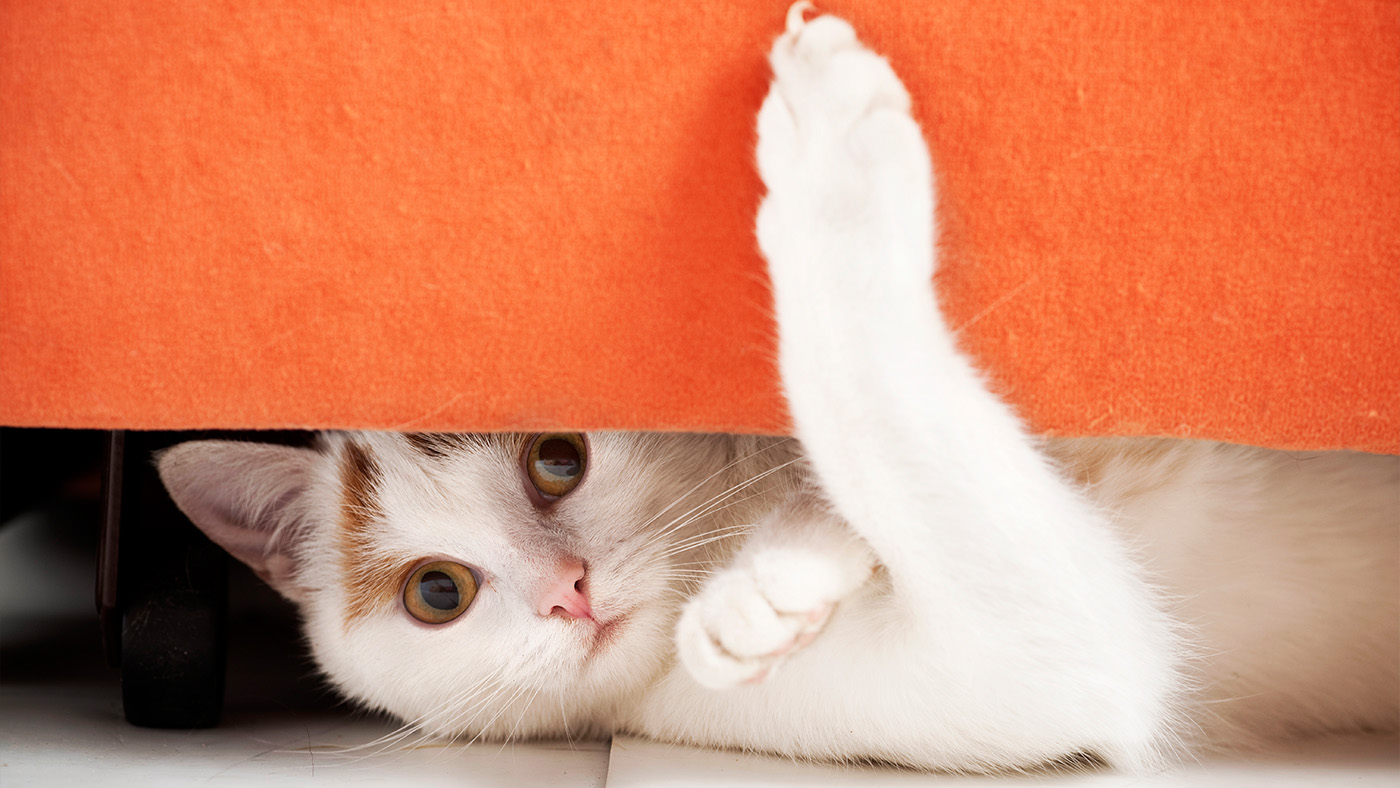
Knowing the signs that your cat is diabetic might just save their life. Diabetes mellitus is not just a human condition – our feline companions can also suffer from it. In fact, diagnoses of diabetes in cats are increasing, especially among older and overweight cats. Nearly 1% of cats are affected by this chronic condition.
Vet, Dr. Rebecca MacMillan, explains how diabetes affects the cat: “Insulin is a hormone that helps us to absorb glucose and use it in cells around the body for energy, allowing them to carry out normal processes like growth and repair.
In this article, we’ll walk you through the 10 most common signs of feline diabetes so you can recognize the red flags before the condition progresses. Being informed could save your cat’s life – and improve their quality of it.
What is diabetes in cats
“Feline diabetes occurs when a cat’s pancreas no longer produces enough insulin or because their body has become resistant to the effects of insulin."
Dr. MacMillan goes on to say, “A diabetic cat is not able to control its blood glucose (blood sugar) levels properly, leading to hyperglycemia. A cat with hyperglycemia has dangerously high levels of glucose in their blood with not enough getting to their cells."
This can affect nearly every organ over time. While a diabetes diagnosis sounds alarming, many cats go on to live healthy, happy lives with proper treatment, diet, and monitoring. While some cats can go into remission with super-prompt treatment, most will require lifelong management.
Unfortunately, because cats are masters at hiding discomfort, the early signs often go unnoticed. As Dr MacMillan warns, “It is important to be aware of the symptoms of diabetes as cats can become seriously unwell if their condition is left untreated.”
Get the best advice, tips and top tech for your beloved Pets
10 signs that your cat is diabetic
1. Increased thirst
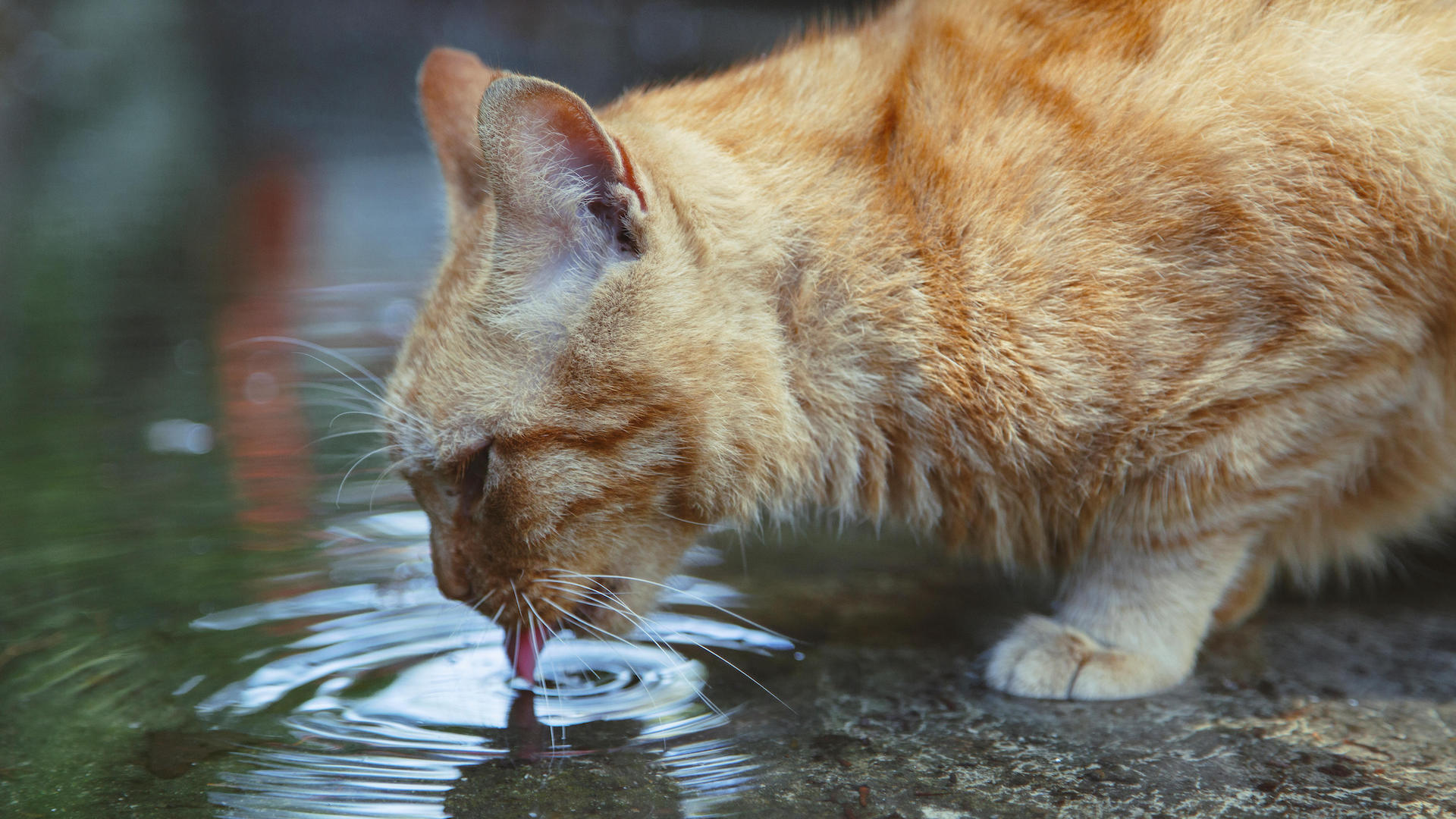
In a cat with diabetes, the pancreas cannot secrete sufficient insulin to control their blood sugar. This means the glucose draws water into the urine, causing the cat to become thirsty as they try to keep up with the fluid loss.
Monitor your cat if you think they are drinking a lot of water. You may notice they need their water bowl filling more often, or they are desperate to drink from puddles or even toilet bowls.
Cats tend to get the majority of their fluid from wet food, so if they seem much more thirsty than is normal for them, it could signal something is amiss.
The medical terms for excessive thirst is polydipsia.
2. Increased urination
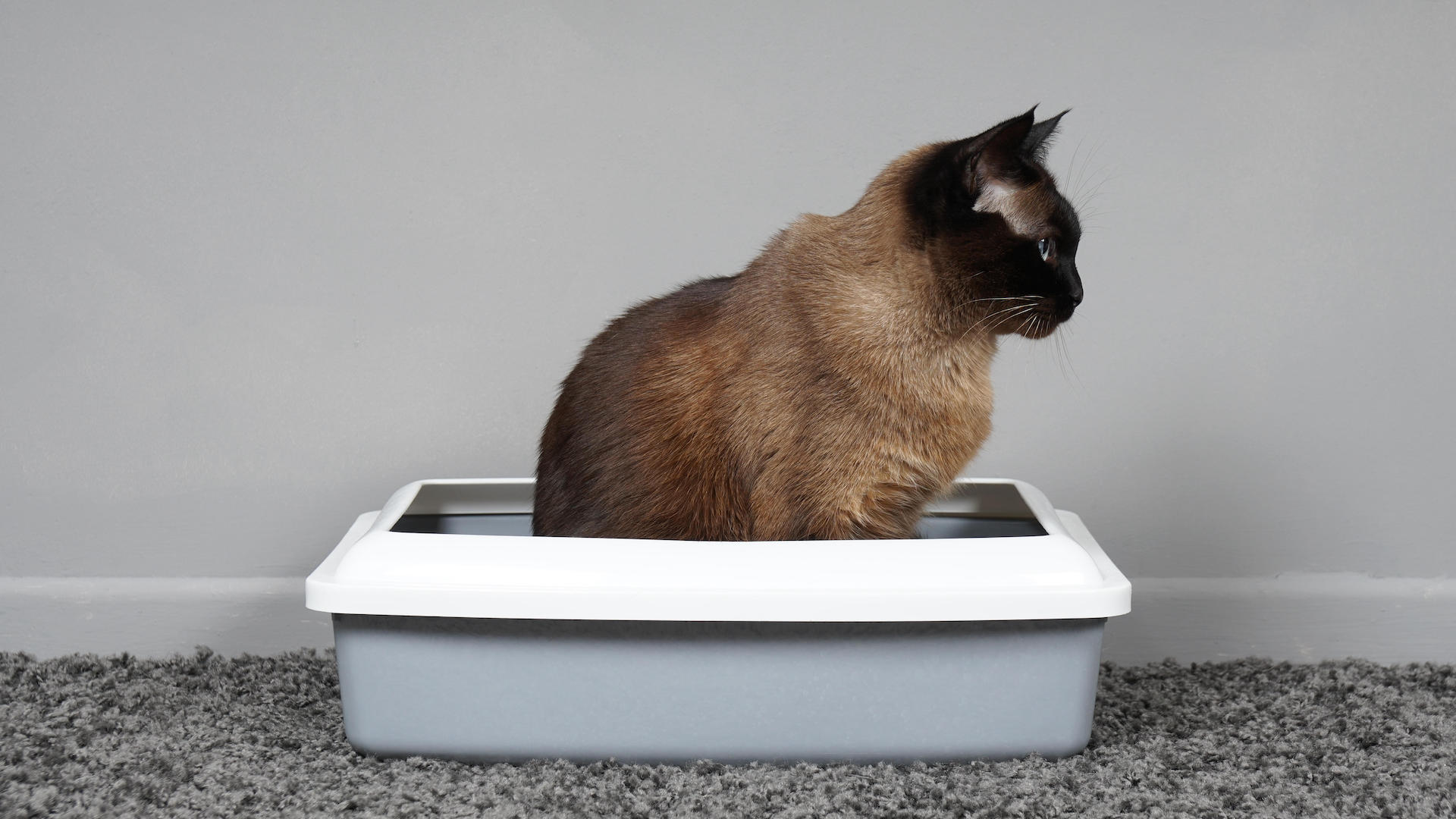
Increased urination (polyuria) is a telltale sign of feline diabetes. The high blood sugar levels means that the large glucose concentration in the urine will pull excessive amounts of water with it, leading to a larger volume and increased peeing.
A cat owner may notice that the litter tray has more wet patches, or the cat may have accidents.
The increased urination makes the cat prone to dehydration and very thirsty.
3. Increased hunger
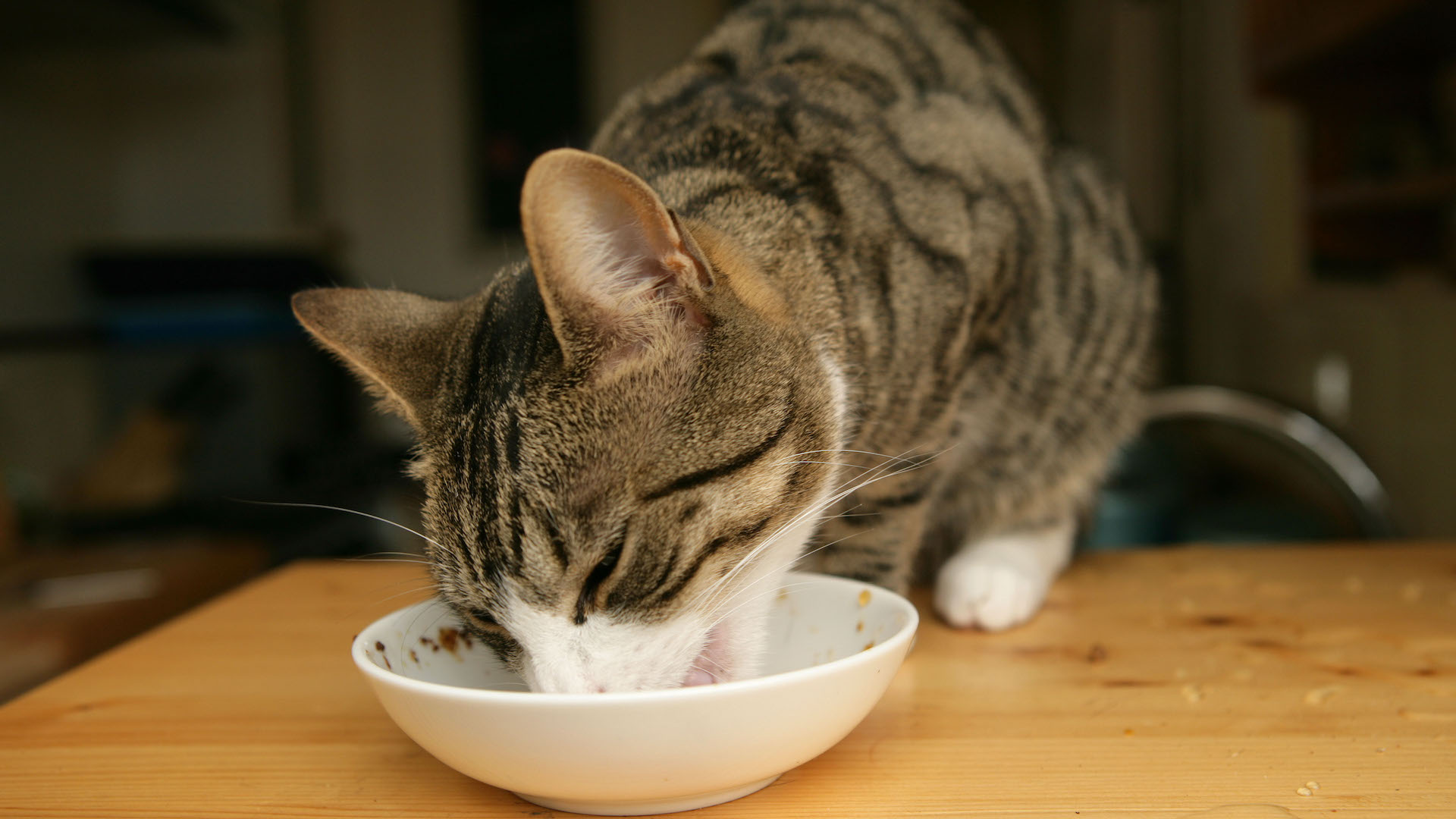
“Cats with diabetes feel like they are starving!” says Dr Rebecca MacMillan. “Their body is not able to make proper use of the food they are eating, so their organs are not receiving enough energy. This sends signals telling the cat to eat more.”
Because of the glucose deprivation, the body will use up fat and protein, which will also lead to increased appetite. This insatiable hunger is called polyphagia.
4. Weight loss
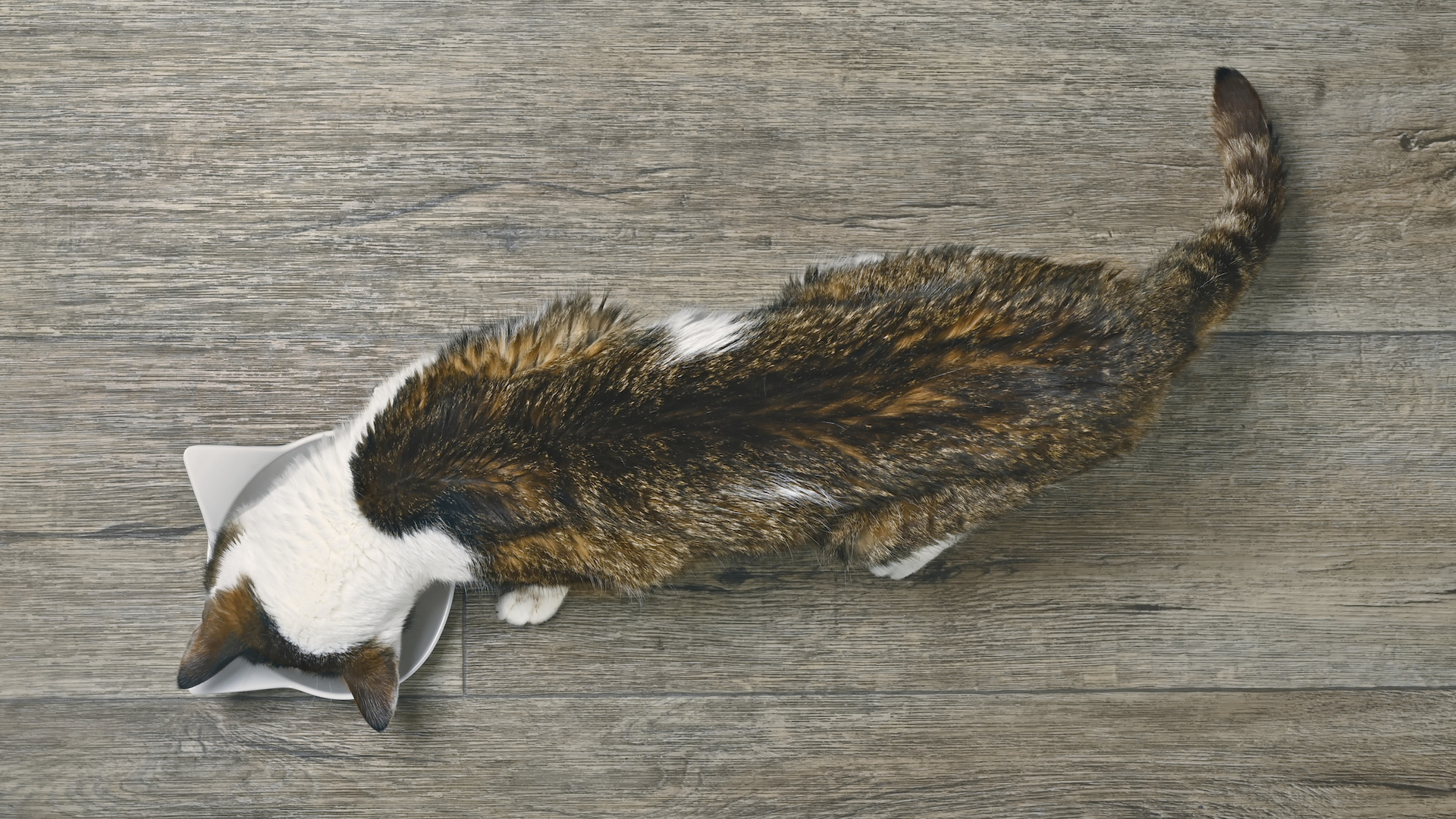
Often, despite an insatiable appetite, diabetes is a common cause of weight loss in cats. This is due to the fact that glucose from food eaten is not processed effectively and does not reach the cells.
This means that the body starts to burn up other energy sources, such as protein and fat, triggering weight loss.
5. Poor coat condition
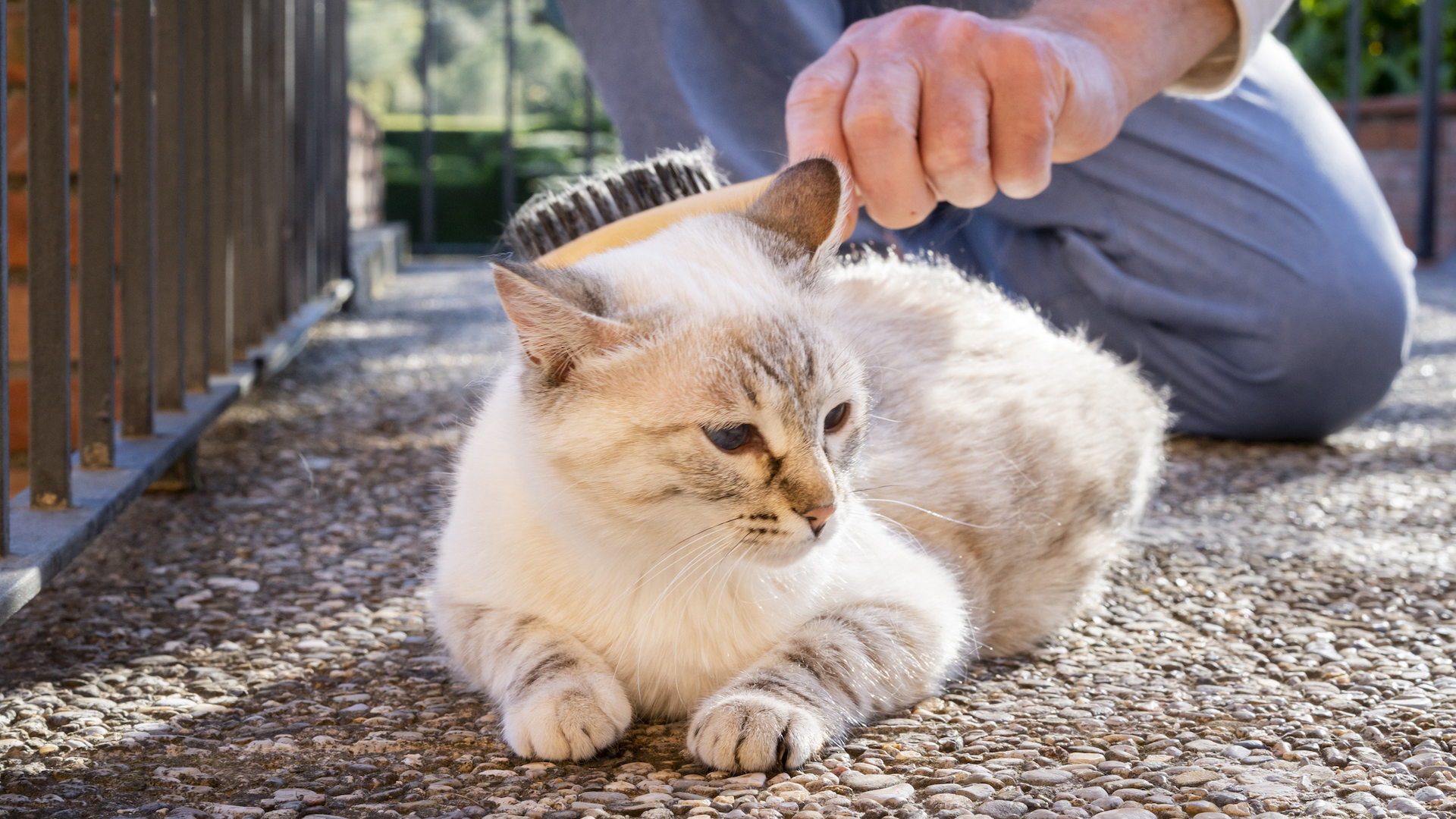
A luxuriant coat is often a cat’s most impressive feature. However, with feline diabetes, the coat is likely to suffer. It may turn rough, oily, or dull, and may show dandruff.
A poor coat may be due to nutrient deficiencies as the cat is unable to absorb as much from his food as he should due to his compromised system.
He may also be dehydrated due to excessive urination, while lethargy may mean he has less energy for daily grooming to keep his coat in tiptop condition.
6. Urinary infections
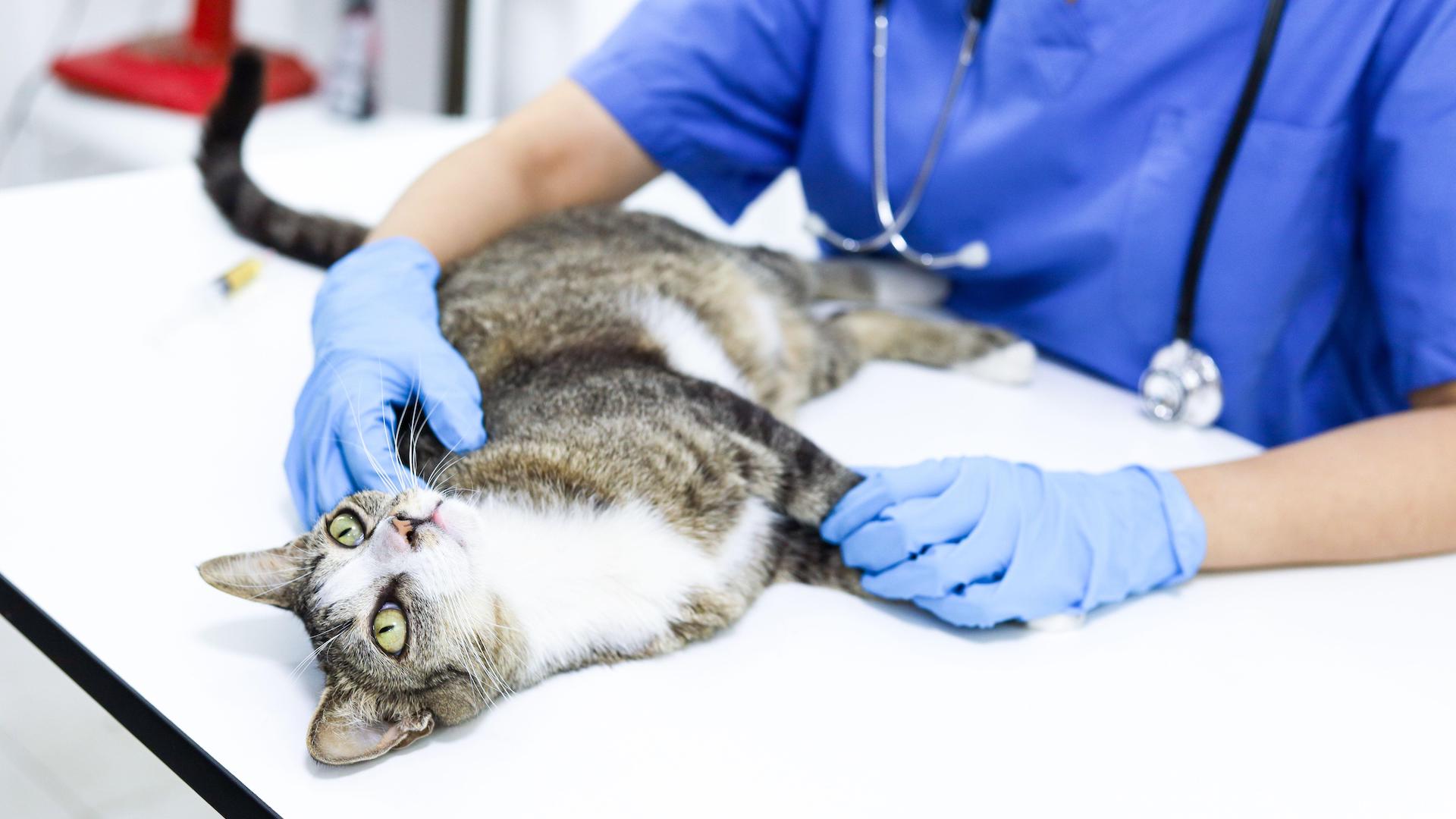
Cats with diabetes are prone to urinary tract infections.
“An abnormal amount of sugar (glucose) is excreted through the kidneys into the urine, providing optimum conditions for bacteria to multiply,” explains Dr Rebecca MacMillan.
“This can lead to symptoms like blood in the urine, starting to urinate, visiting the litter box multiple times, and urinary accidents.”
Add to this the fact that a diabetic cat has a weaker immune system, and therefore they are more susceptible to infections in general.
7. Muscle wasting
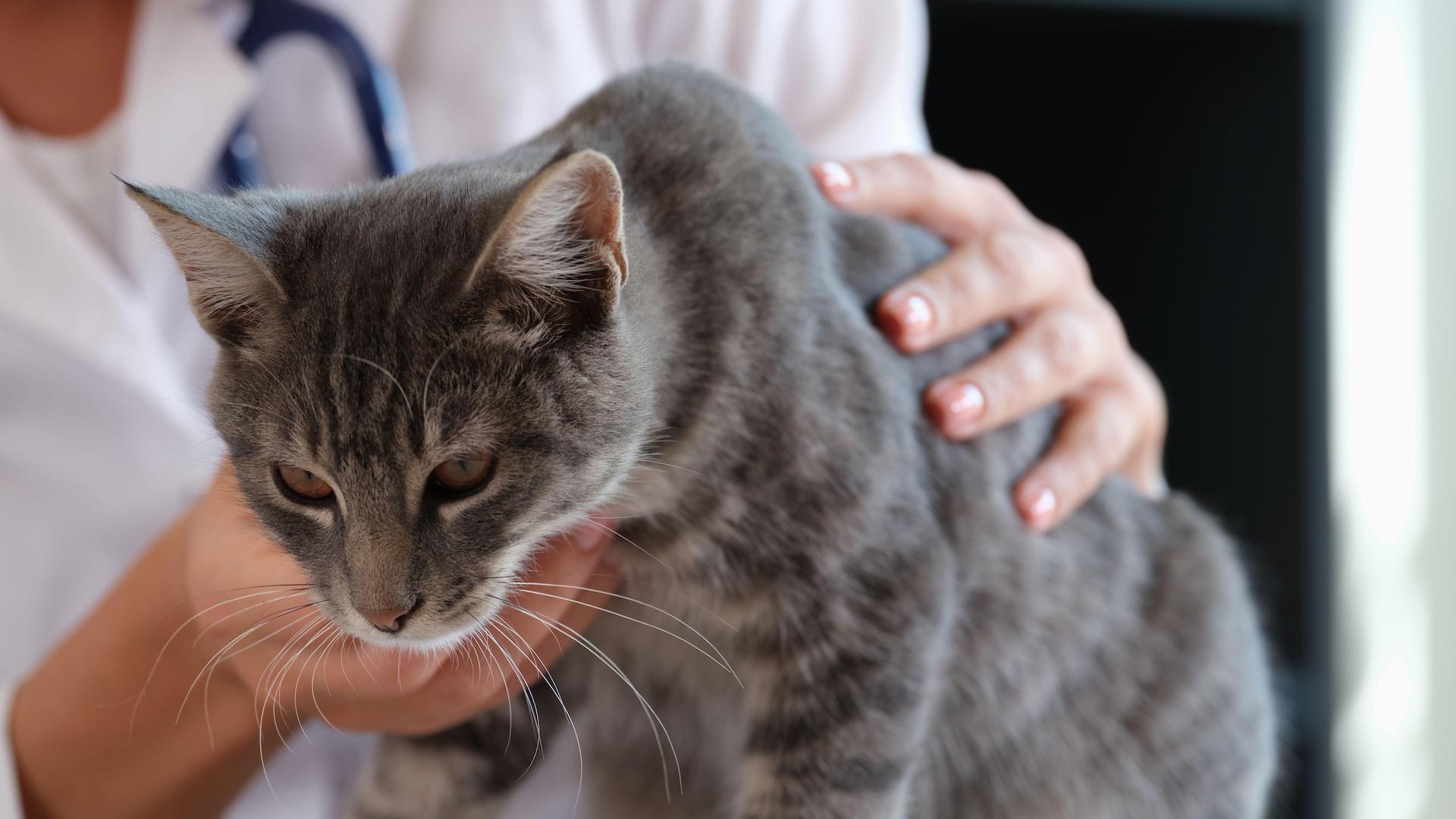
Muscle wasting – also called atrophy – occurs in diabetic cats due to their inability to convert glucose to energy. Instead, their body breaks down proteins and fats to compensate. This leads not only to them losing weight, but decreasing muscle mass.
Bear in mind that diabetes is more common in overweight to obese cats, so it isn’t always straightforward to spot the muscle wastage.
8. Vomiting
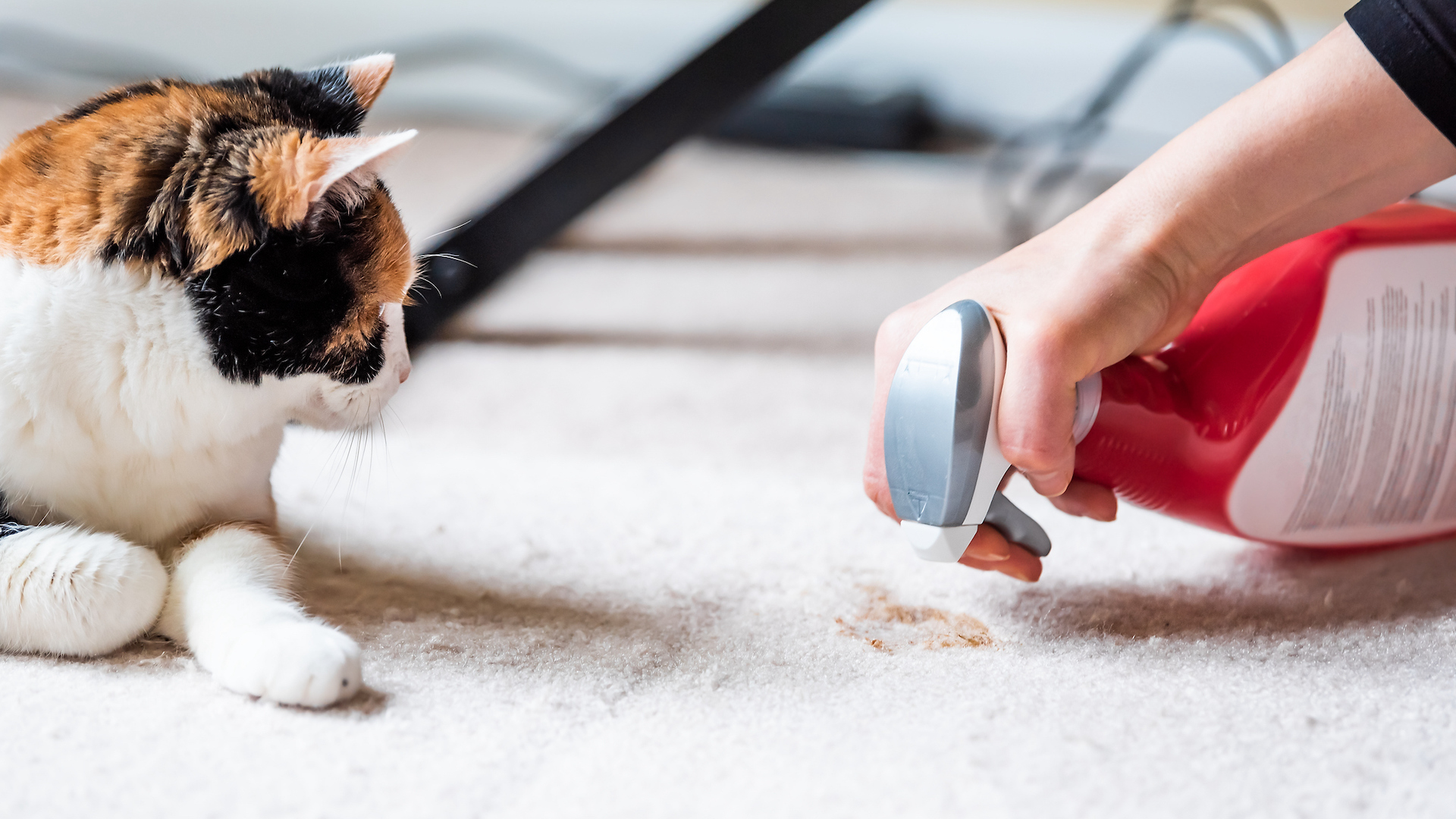
Many cats vomit fairly frequently due to ingesting hair while grooming, and this regurgitation is rarely a cause for concern. However, vomiting in cats can be a symptom of feline diabetes, indicating that their blood sugar regulation is not under control.
It may signal that they are developing the life-threatening condition of diabetic ketoacidosis, a serious complication of the disease when the blood sugar remains dangerously high, and the liver goes into overdrive.
9. Weakness or gait changes
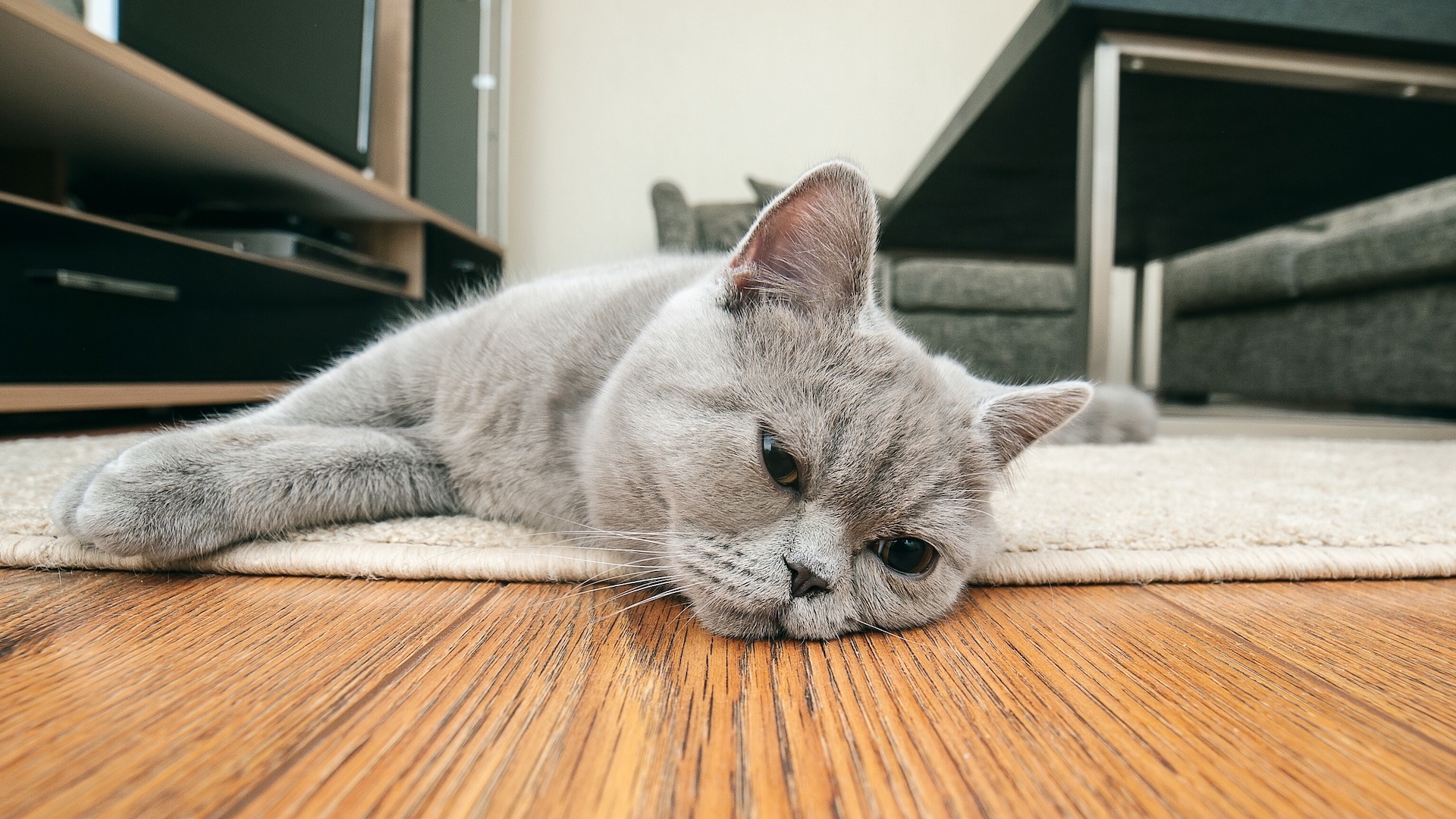
As diabetic cats struggle to control their blood sugar – and therefore energy output – naturally, weakness is a common symptom. You may notice that your cat has become less active and playful, seeming uncharacteristically disinterested.
Weakness may also be due to muscle atrophy, diabetic neuropathy, and hunger, which are related symptoms.
Vet Dr. Rebecca Macmillan explains what causes the change in gait, where a cat will walk on his heels and ankles, rather than paws: “High levels of sugar in the blood can lead to chronic nerve degeneration in a cat’s hind legs. This nerve damage causes weakness and changes the cat’s mobility, including a flat-footed stance.”
10. Collapse

Collapse can occur if the blood sugar is not sufficiently controlled. It may be due to either high or low blood sugar (hypoglycemia or hyperglycemia). Diabetic ketoacidosis, a complication of diabetes, can also lead to collapse.
In a diagnosed diabetic cat, watch out for vomiting as well as the other symptoms that show the blood sugar is fluctuating. It is considered a medical emergency.
What to read next? Diabetes in dogs
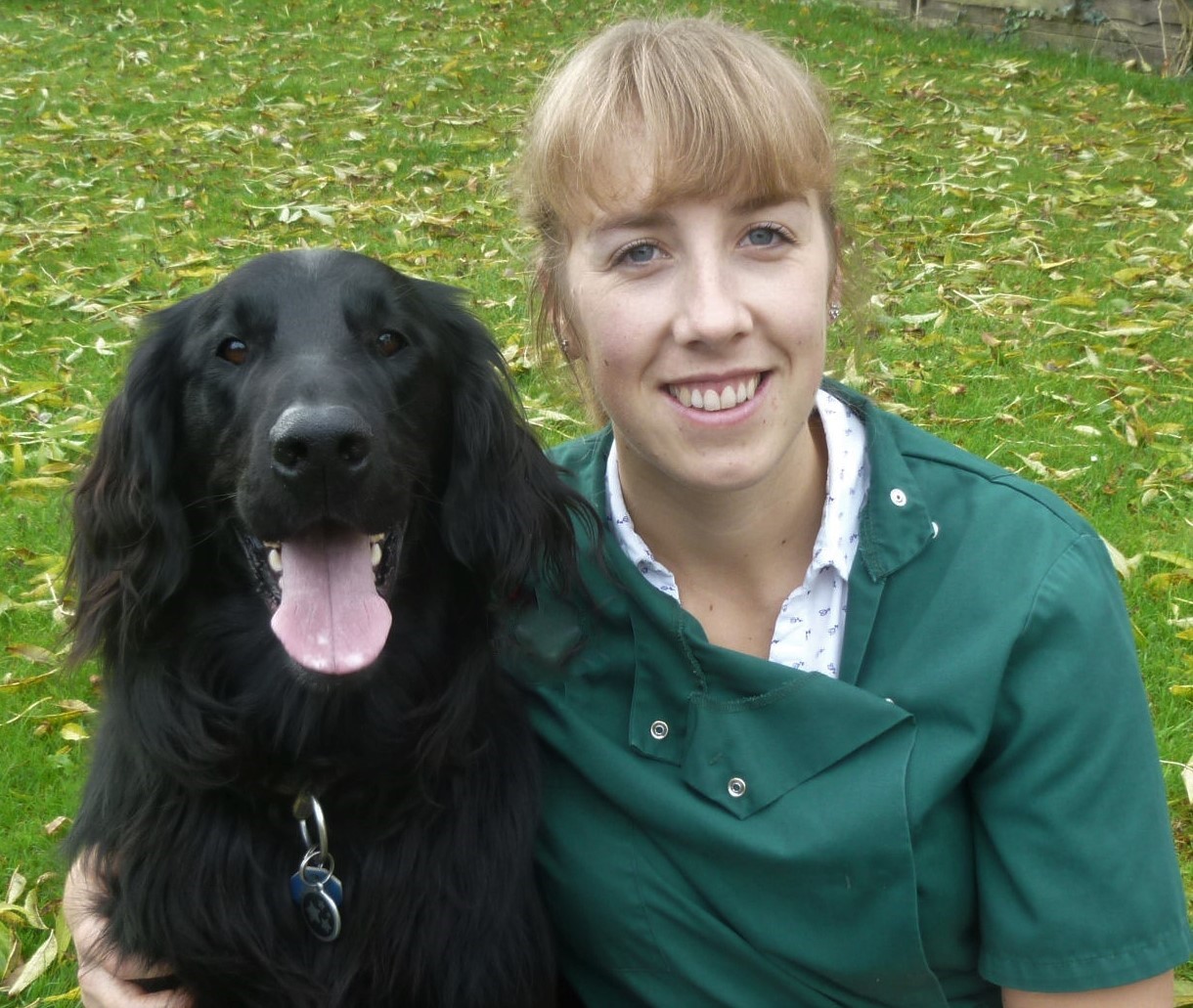
Rebecca is a veterinary surgeon who graduated in 2009 from the Royal Veterinary College in London. She has a wealth of experience in first opinion small animal practice, having done a mixture of day-to-day routine work, on-call emergency duties and managerial roles over the years. Rebecca enjoys medicine in particular and she is proud to have recently achieved a BSAVA postgraduate certificate in small animal medicine (with commendation).
She writes on various feline and canine topics, including behavior, nutrition, and health. Outside of work and writing she enjoys walking her own dog, spending time with her young family and baking!
Martha is an experienced journalist working in both print and digital media. She specializes in the canine, equine and rural sphere where she has covered a wide range of topics from cloning animals and the ingredients for a perfect yard dog, to helping owners find the best canine GPS trackers on the market. When she’s not busy writing about dogs and horses, she’ll be found either aboard a horse or looking after the menagerie of pets in her care.
